Northern Westchester Butterfly Count
An annual rite of summer, the North American Butterfly Count is a way for butterfly enthusiasts across the country to partake in a citizen science monitoring effort. Our resident butterfly enthusiast Charlie Roberto has been leading butterfly count walks at Teatown since 1995 to educate and encourage visitors to partake in this important effort.
The first Northern Westchester Butterfly count was held 39 years ago in July of 1985. Dr. Jeff Glassberg, Dr. Jane Scott (wife of Dr. Glassberg), noted artist Guy Tudor, and his wife Michelle started the annual Butterfly count, and were the only attendees for the first three years. This small team counted butterfly species in the low 50s, on average. In 1989, the attendees grew slightly to 17 people, forming four parties. That year had record highs, with 60 different species and 8,009 individual butterflies counted.
In 1995, the Teatown area was first covered as part of the count circle. After noted author George Plimpton participated in the butterfly count and wrote an article for the New York Times in 1995, an all-time high of 36 individuals were inspired to join the Teatown butterfly count. Since then, Teatown has counted more than 50 species of butterflies on count day. This year at Teatown, 27 species were counted by six people, and Teatown was the only area where Black Dash and Northern Pearly-Eye were found. The only Monarch was found at Fable Farm, a Teatown neighbor that welcomes our butterfly team every year. Over the years, more than 200 people have attended the Butterfly Count Day walk at Swopes Meadow in Hidden Valley. The participants of the Butterfly Count have a hands-off approach to collecting butterflies. They are not collecting insects to bring home and preserve, but rather counting and observing to help understand and track population changes.
A note from Charlie Roberto:
“Over my 30 years of volunteering for the count, I have seen a steady decline in butterflies. The count has been moved a week earlier to counter the effects of climate change. Invasive plants, the use of neonicotinoids, and mowing practices have greatly changed the habitat in Hidden Valley and on the powerlines. Japanese Stilt Grass moved into Westchester County in the early 90s and Meadow Fritillaries haven’t been found recently, as their host plant has been shaded out by the stilt grass. Satyrium Hairstreaks are declining steadily. Once in double digits at Teatown, the beautiful Coral Hairstreak wasn’t found on count day the last two years and Acadian Hairstreak haven’t been found in years here. It’s not all doom and gloom: Nature is resilient. After 15 years with no Coral Hairstreaks, at Pound Ridge Reservation one was found this year!”
Next year is the 40th year of this important citizen science effort. Please join us at Teatown to be part of this historic event!
In the meantime, there are many ways for you to help increase butterfly populations. Plant pollinator friendly natives in your garden, like Milkweed, Purple Coneflower, Goldenrod, Lavender, and Butterfly Bush. Work with local companies like Plan it Wild, who are working to re-wild the American lawn to increase biodiversity and create native habitats. Visit Teatown’s Wildflower Island and our native plant gardens for inspiration, and to see biodiversity in action.


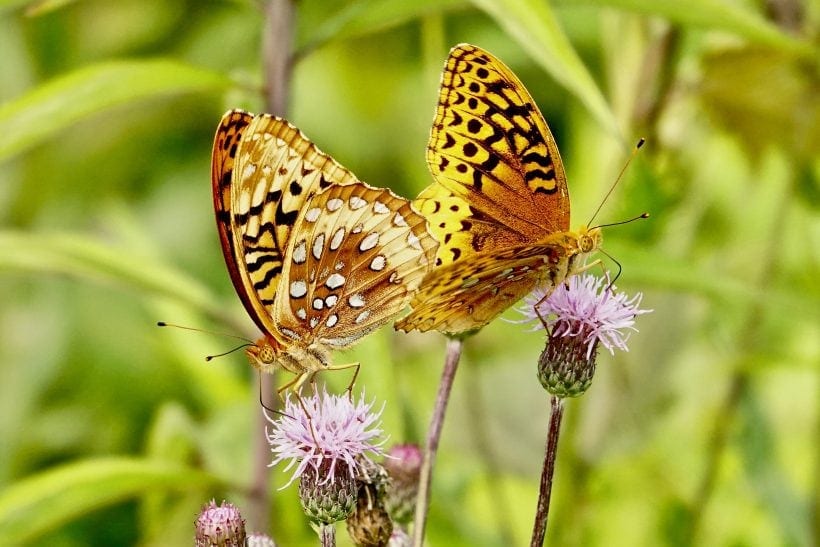
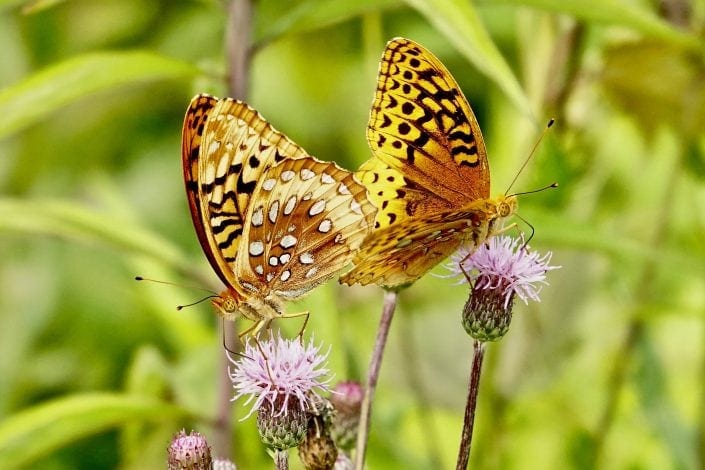
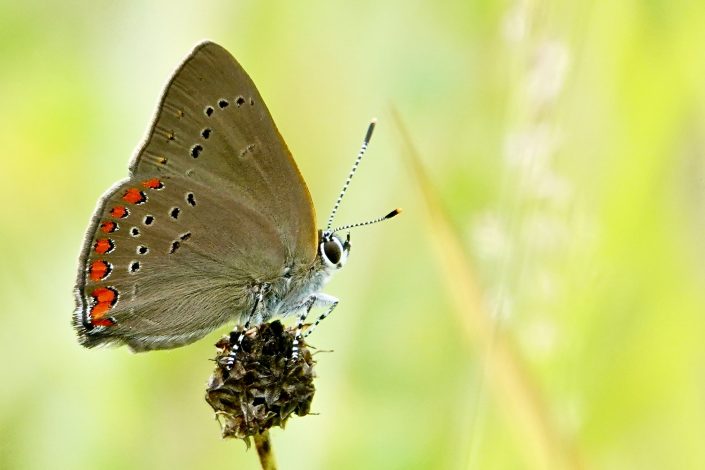
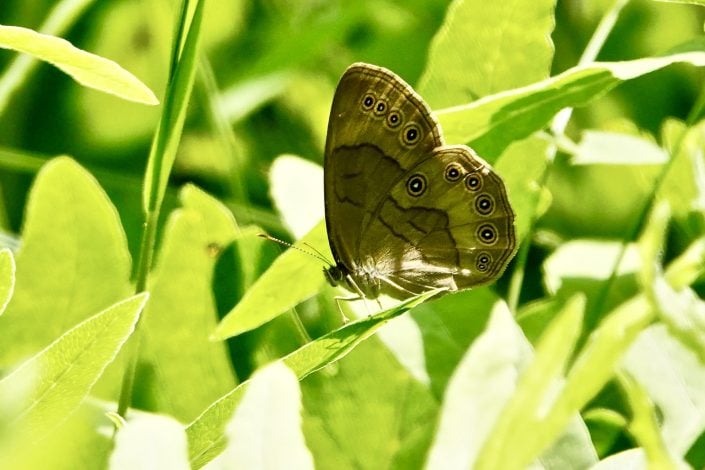
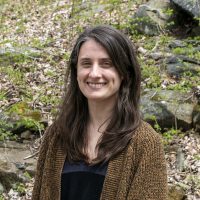
Leave a Reply